Xylophanes cosmius cosmius
Xylophanes cosmius cosmius
zail-AH-fan-eesmmKAHS-mee-uhs
Rothschild & Jordan, 1906
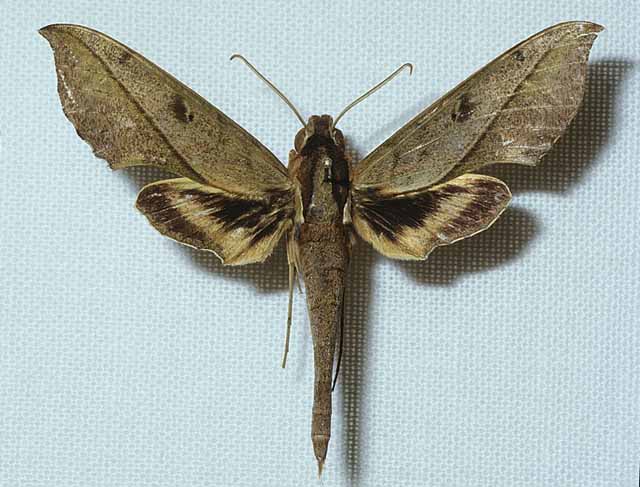
Xylophanes cosmius male, Peru, courtesy of Hubert Mayer
copyright.
This site has been created by
Bill Oehlke at oehlkew@islandtelecom.com
Comments, suggestions and/or additional information are welcomed by Bill.
TAXONOMY:
Family: Sphingidae, Latreille, 1802
Subfamily: Macroglossinae, Harris, 1839
Tribe: Macroglossini, Harris, 1839
Genus: Xylophanes Hubner [1819] ...........
Species: cosmius cosmius Rothschild & Jordan, 1906
|
MIDI MUSIC
.....It's a Wonderful World.....
copyright C. Odenkirk
ON.OFF
<bgsound src="world.mid" LOOP=FOREVER>
|
DISTRIBUTION:
Xylophanes cosmius cosmius moths
(forewing length=40-45mm) fly in
Ecuador: Napo: Misahualli;
Peru (specimen type locality);
Bolivia: Beni: Yacuma, (300-1000m);
and into
western Brazil.
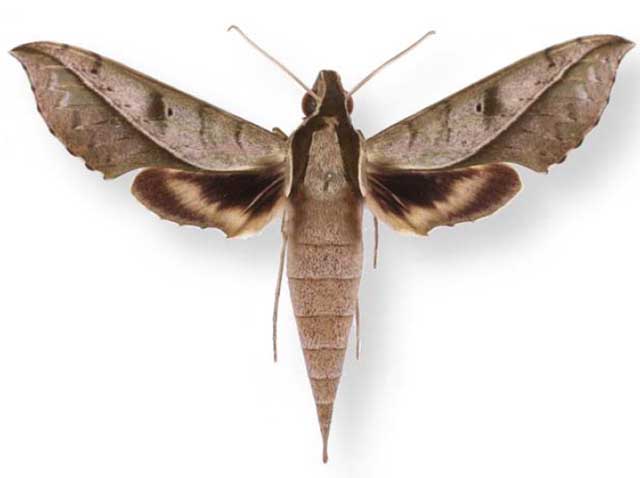
Xylophanes cosmius male, Beni, Bolivia, 1000m, courtesy of Jean Haxaire.
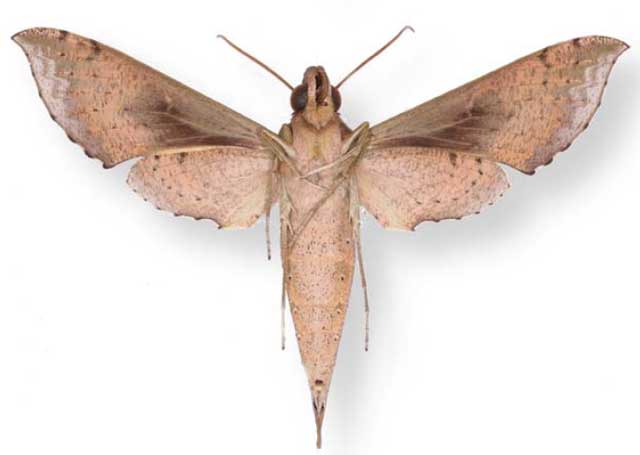
Xylophanes cosmius male (verso), Beni, Bolivia, 1000m, courtesy of Jean Haxaire.
This species is very similar to amadis and docilis but
is larger than either and has a much deeper inward curve at the apex
of the forewing.
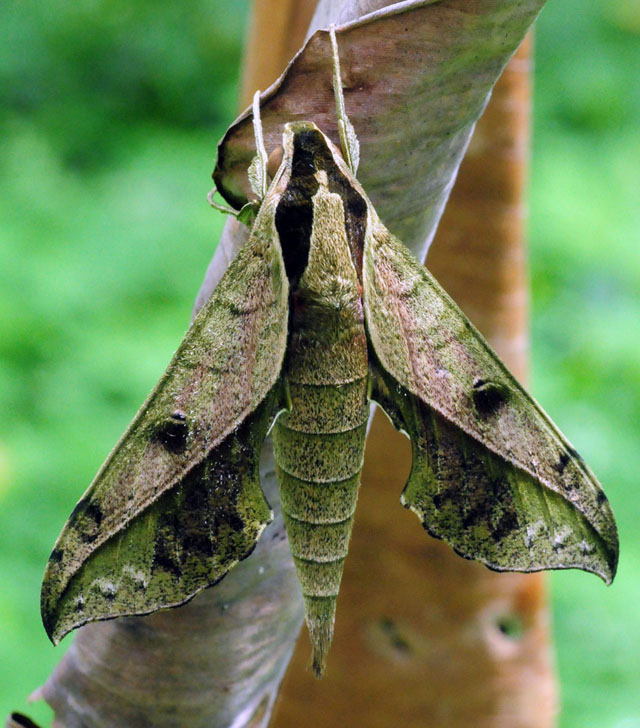
Xylophanes cosmius, Misahualli, Napo, Ecuador, March 3-4, 2009, courtesy of Steve Ife.
The pronunciation of scientific names is
troublesome for many. The "suggestion" at the top of the page is
merely a suggestion. It is based on commonly
accepted English pronunciation of Greek names and/or some
fairly well accepted "rules" for latinized scientific names.
The suggested pronunciations, on this page and on other pages,
are primarily put forward to assist those who hear with internal
ears as they read.
There are many collectors from different countries whose
intonations and accents would be different.
Jean Marie Cadiou writes, "When I say "Xylophanes" in English I
pronounce it something like "Zailophanees", with the emphasis on the
"o". The French pronounce it differently, something like
"Kzeelophaness" with no emphasis, and the Germans yet in a
different way..."
"Xylophanes" sounds like it is from Greek mythology.
I am not sure of the origin of "cosmius".
FLIGHT TIMES:
Xylophanes cosmius cosmius adults
fly as at least three broods in Peru with moths on the wing in
January-February, July and October.
Steve Ife reports an early march flight in Ecuador.
Cosmius comes readily to lights with females flying from
10:00pm until 1:00
am and males flying from 11:30pm until 2:00am.
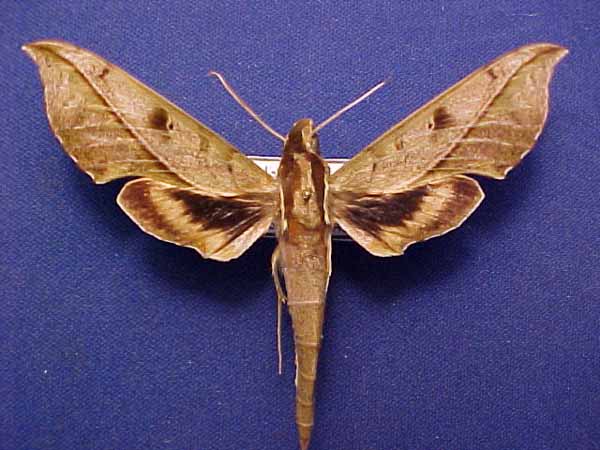
Xylophanes
cosmius courtesy of John Vriesi.
ECLOSION:
Pupae probably wiggle to surface from subterranean chambers just prior to eclosion.
SCENTING AND MATING:Females call in the males with a pheromone released from a gland at the tip of the
abdomen. Males come in to lights very readily, but females are seldom taken in that way.
EGGS, LARVAE, PUPAE:
Larvae probably feed on
plants in the Rubiaceae family and Malvaceae families.
Moths emerge approximately one-two months after larvae pupate.
Use your browser "Back" button to return to the previous page.
Goto Main Sphingidae Index
Goto Macroglossini Tribe
Goto Central American Indices
Goto Carribean Islands
Goto South American Indices
Goto U.S.A. tables
 | 
Show appreciation for this site by clicking on flashing butterfly to the left.
The link will take you to a page with links to many insect sites. |






